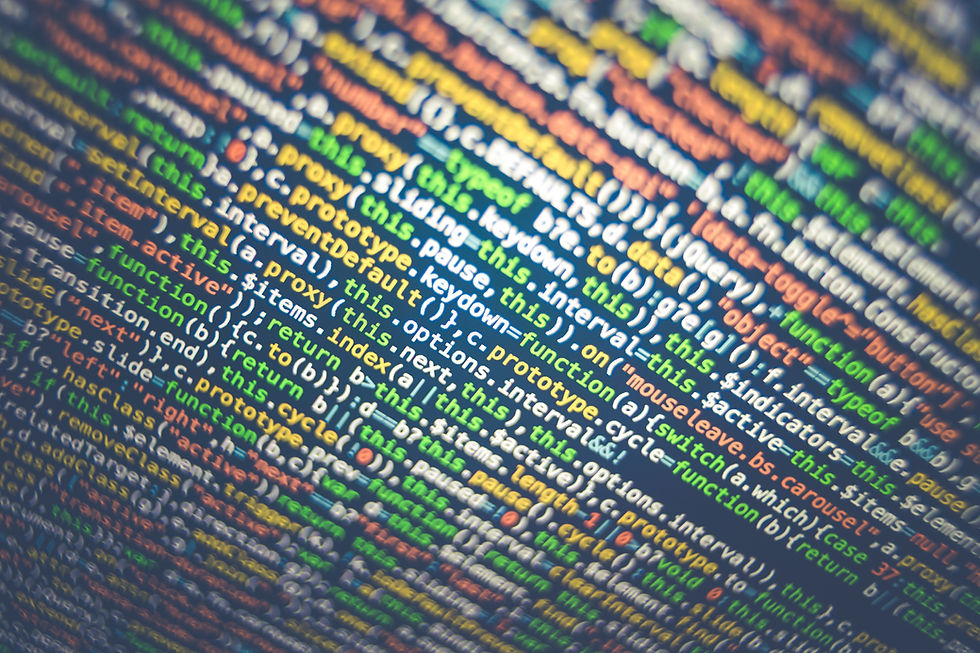Bystander Intervention: What Is It and Why Does It Matter?
- SARA

- Jul 23, 2021
- 3 min read
I’m sure we have heard of bystander intervention before, whether it be in the news, from your favorite teacher, a colleague, etc. We use this term a lot when describing the ‘right thing to do’, but what exactly is it and why does it matter when talking about prevention? Let’s break it down…
What’s a bystander and what is intervention?
We describe a bystander as any one person (or multiple people) who sees or hears something happen before, during, or after it has actually occurred. For example, if a friend of yours went to a party this past weekend and told you a crazy story about what happened, you are now a bystander to that situation. The key to what makes a person a bystander is having any knowledge of something occurring. You can say that we are all bystanders to a lot of things every day, no matter our age, race, ability, economic status, etc.
Intervention is asking yourself the question, “Do I step in or not?” Although at first glance this seems like a pretty simple question, there are a lot of decisions, challenges, and perhaps even barriers that follow:
· If you step in, why did you step in? Is it because you know the person being harmed? Would you have made the same decision if it was a stranger?
· What method did you decide to use to step in? Is it safe for you? Is it safe for everyone else involved?
· If you don’t decide to step in, why? Does this cause more harm than good?
· Who is responsible for stepping in if you don’t? Why?
These are only a few of the questions that might pop up in our decision-making without us even noticing. Intervention is a challenging task that takes a lot of conscious and subconscious effort. If you decide to intervene safely for the sake of others or witness another person doing so, take time to celebrate and acknowledge that effort since it’s not always easy.
So, what does it mean to have both terms combined to create bystander intervention?
Bystander intervention is when you take both meanings and apply them to each other: it is when someone hears or sees something happen (before, during, or after the event) and decides to step in no matter how small the action. This could be:
· overhearing a racial slur and switching the conversation to distract the person who’s using harmful language
· sternly telling a friend to not pressure another person into doing something they don’t want to when they begin talking about it
· discreetly giving a stranger a resource card or hotline number when you notice their partner being aggressive towards them in a public area
Bystander intervention isn’t about wearing a cape or being a hero, and it’s not about ignoring the fact that your safety is of concern, too.
It’s about doing the best we can as individuals and as a community to consistently step in to ensure that everyone is safe.
Again, it doesn’t have to be a huge act. Something as small as having a hotline number in your email signature or asking someone if they are okay after experiencing something overwhelming to them are all ways we can intervene without knowing someone’s full story.
It’s about having compassion and empathy for others and realizing that no one deserves to experience violence or harm.
Okay, sure, but how does this relate to sexual violence prevention?
Bystander intervention can be used as a community-level prevention strategy by making it normal to stop acts of harm or abuse before they happen. If we as a community can become consistent and active in stepping in when we hear or see something harmful, it can show others that we do not tolerate certain behaviors and that others’ safety is a priority. We allow ourselves to hold each other accountable and responsible for the harm being done because we have the power and ability to do something about it.
This doesn’t mean we are to blame for the harm, rather we have the opportunity to help better the situation.
We can also show those who may be survivors that their abuse and experience will be taken seriously. We can intervene if someone makes a joke about abuse or showing that we care about what resources are available at our workplace. It’s important to remember that social change is long-term and hard work that needs the small steps to happen in order to make the bigger picture appear. Let’s work together to end violence by practicing bystander intervention today, tomorrow, and every day.




ความคิดเห็น